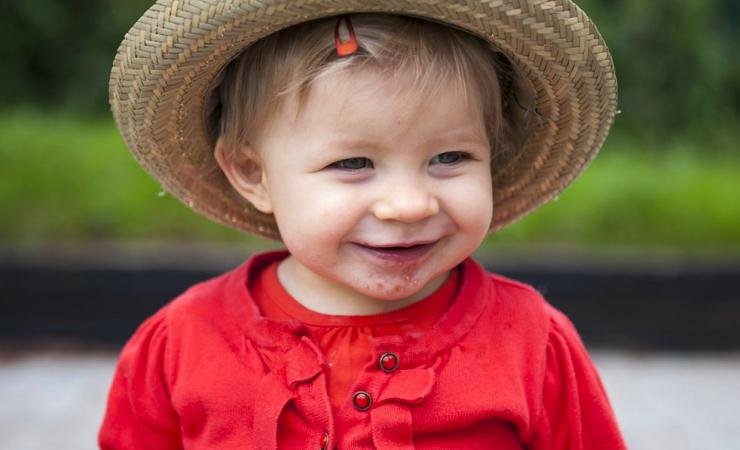The mouth, hand and foot virus (also known as the hand-mouth-foot virus or viral rash) is a very common contagious disease in children. Discover its symptoms, how is the medical treatment and prevent it.

The disease mouth, hands and feet, is produced by the virus called Coxsackie A16. From a medical point of view it is also known by the name of a viral rash of the hands, mouth and feet, It is a contagious disease that occurs in childhood, even so, both children and somewhat older as adolescents and adults they can also be contagious.
It is common for this disease to affect children in the ages ranging from infants to those under 5 years of age, although it is common for it to also affect children between 5 and 10 years of age. It is more prevalent during the spring and autumn seasons. For example, its contagion tends to be very common almost massively in kindergartens and nursery schools, as is the case with other similar contagious diseases.
In fact, this stage of life is the stage in which the little ones are still developing their autoimmune system, making them more vulnerable to virus attack.
This disease usually runs mildly normally, and very rarely presents complications, generally infected people usually recover within a period that includes between 7 and 10 days.
It is easily detected only through physical examination the doctor diagnoses the disease.
Symptoms of the mouth, hand and foot virus
The symptoms of the virus mouth, hands, feet, do not appear all together, they appear in stages, and even from one person to another the symptoms may vary and not present all the symptoms.
Some people may contract the disease without having any symptoms, however they can spread or transmit the disease to other healthy people. However, when symptoms appear, they usually do so between 3 to 7 days after coming into contact with the virus. The most common are the following:
- Feeling generally unwell
- Low-grade fever or fever
- Lack of appetite.
- Throat pain.
- Sores in the mouth
- Red spots like rashes that can appear in different areas of the body such as: around the mouth, on the arms and feet, on the palms of the hands and soles of the feet, on the buttocks, knees and on the genitals.
- Blisters, or sores.
How is the treatment?
For this disease there is no specific treatment or vaccine, the treatment that doctors or pediatricians prescribe are anti-inflammatory drugs (ibuprofen) to reduce inflammation, pain or general discomfort.
It is important that sick people stay well hydrated by drinking plenty of fluids to avoid dehydration, as they lose body fluids.
In the case of the little ones, above all, we must encourage them to drink liquids since when they have mouth sores they are very annoying and they try not to take them.
How is it spread and where are viruses?
As we have said previously, the disease is contagious especially in the first 7 days.
However, it sometimes happens that even up to several weeks after the symptoms and illness have passed, these people can still infect other people.
In the respiratory tract (nose, mouth, lungs) the virus can last and spread in the period that goes from the first week to the third and in the stool it remains for weeks or months from the beginning of the disease.
The virus in infected people is found in different parts of the body: in saliva, in the mucus from the nose, secretions from the throat (sputum), in poop, in the fluid from blisters or sores.
It is mainly a disease that is spread by air and direct contact such as: through kisses and hugs, when there is cough or sneeze, utensils such as cutlery or glasses are shared, sharing contaminated toys, playing on contaminated surfaces (floors), when fluid leaks out of the blisters.
This disease could be suffered on more than one occasion, presenting a second episode if the disease occurs with a different variety of the Coxsackie virus, so we can say that there is no immunity.
How can we prevent disease?
Below we detail the hygiene measures that we must carry out:
- Frequent hand washing with plenty of soap and water when we go to the bathroom, when we do a diaper change, when we blow the nose or wipe the little ones’ mucus.
- Use disposable paper tissues.
- Frequent hand washing with plenty of soap and water for children.
- Cleaning utensils used by the sick person such as cutlery, glasses or objects.
- Do not share the sick person’s utensils.
- Avoid kisses, hugs.
- Avoid touching your eyes, mouth, nose, especially if we have not washed our hands.
- Cleaning and disinfection of toys, floors, door handles or any other object that has been manipulated by sick people.
As we have said before, we cannot prevent this disease with a vaccine, however, maintaining good hygiene measures will help us prevent it and reduce the risk of contagion.






























